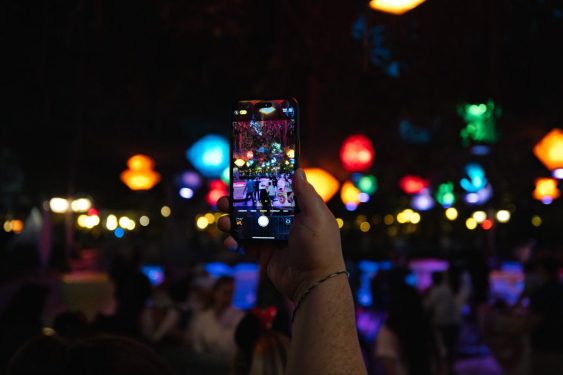In recent years, the term "wearables" has often conjured up images of smartwatches. However, 2024 was a relatively quiet year for these devices, with many manufacturers focusing on iterative updates rather than groundbreaking new ideas. That’s not to say that innovation was absent from the wearables market altogether – it was simply taking place in other areas. One category that saw a resurgence in popularity last year is smart rings.
A Brief History of Smart Rings
Smart rings are not a new concept, but they have traditionally been relegated to niche status. However, with several high-profile announcements in 2024, including Samsung’s Galaxy Ring, the category has started to gain more mainstream attention. As a result, we’re seeing a mini renaissance for smart rings, with many manufacturers introducing innovative new features and designs.
The Galaxy Ring: A Game-Changer
Samsung’s Galaxy Ring is an exciting development in the world of smart rings. Not only does it offer advanced features such as optimized battery life and sensor accuracy when paired with Samsung’s Galaxy Watches, but it also introduces a new way to control your phone using gestures. For example, when paired with a Z Fold 6 or a Z Flip 6, the Galaxy Ring can recognize a pinching gesture to activate the camera. While some may view this as a way to lock users into the Samsung ecosystem, there’s no denying that these are innovative features that set it apart from other smart rings on the market.
Other Notable Smart Rings
While Samsung’s Galaxy Ring is certainly one of the most exciting developments in the world of smart rings, it’s not the only notable entry. The Circular Slim, for example, offers a range of unique features, including silent haptic alarms and an AI chatbot that can be accessed via an in-app interface. Movano’s Evie Ring also caught our eye with its distinctive open-gap design and ambitious pursuit of FDA clearance for its metrics.
The Competition Heats Up
Until recently, Oura has been the dominant force in the smart ring market, focusing primarily on sleep tracking and recovery. However, with the rise of new manufacturers introducing innovative features and designs, competition is starting to heat up. This can only be a good thing for consumers, who will benefit from increased choice and innovation.
The Challenges Facing Smart Rings
While smart rings have made significant strides in recent years, they still face several challenges that may impact their growth and adoption. For one, they are often more expensive than similarly priced smartwatches or fitness bands, which can make them less appealing to consumers on a budget. Additionally, the small size of smart rings requires manufacturers to invest in specialized components and production processes, making them trickier to get right.
The Future of Smart Rings
As we look ahead to 2025, it remains to be seen whether the renaissance for smart rings will continue or if consumers will revert back to traditional wearables. One thing is certain – with increased competition and innovation in the market, the possibilities are endless. If Samsung’s Galaxy Ring is a success, especially as an accessory to other gadgets, we can expect Google and Apple to take notice and potentially enter the market themselves.
Conclusion
Smart rings have come a long way in recent years, with innovative new features and designs starting to gain mainstream attention. While they still face challenges in terms of cost and production complexity, there’s no denying that this category is exciting and full of potential. As we move forward into 2025, it will be interesting to see how the market continues to evolve and whether smart rings will become a staple in every consumer’s wardrobe.
Recommended Reads
- The Verge: "We tested six smart rings, and there’s a clear winner"
- Oura Ring 4 review: still on top — for now
Join the Conversation
What do you think about smart rings? Will they become a staple in your wardrobe, or will you stick to traditional wearables? Let us know in the comments below!




